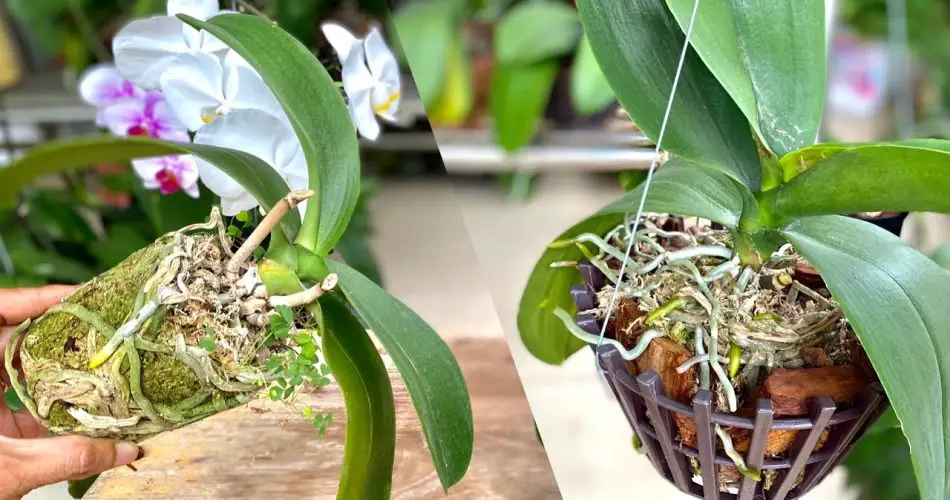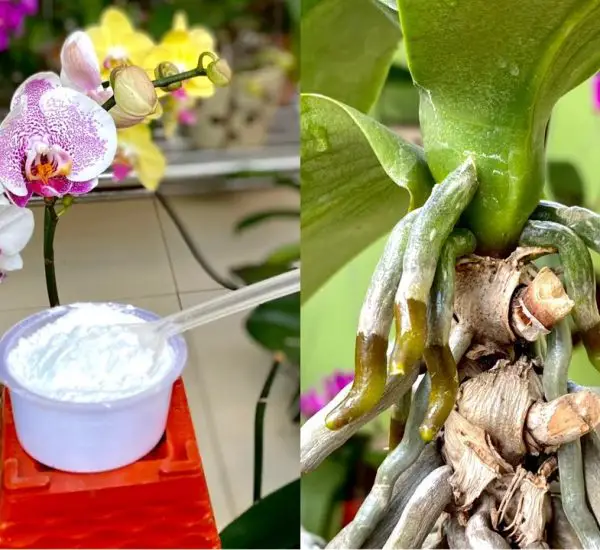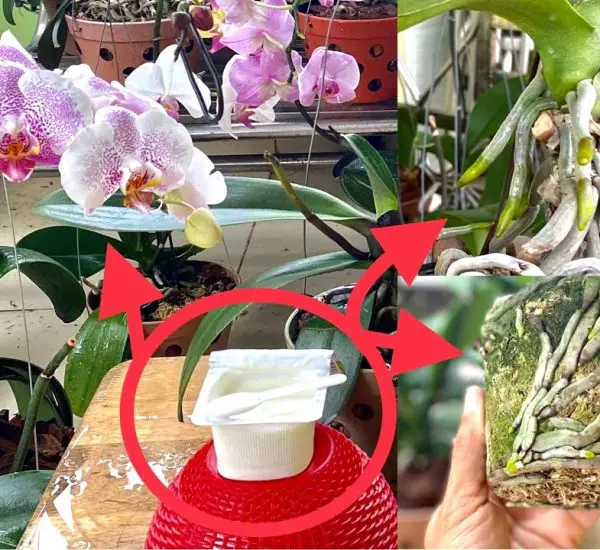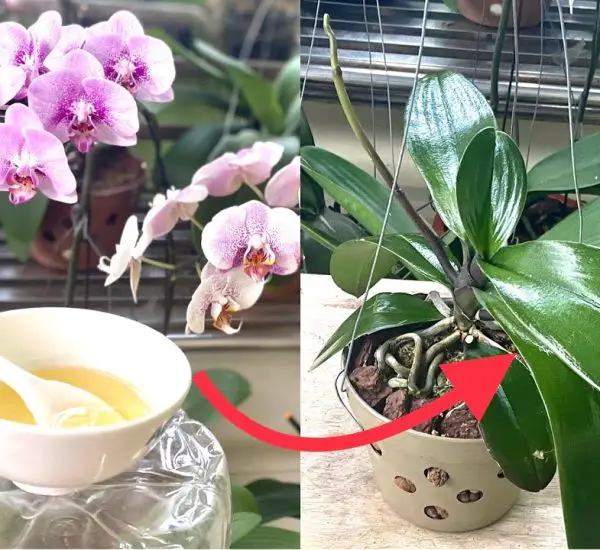Acclimatizing Orchids to New Surroundings:
Upon acquiring new orchids, resist the urge to repot, fertilize, or water them immediately. Instead, place them in a permanent spot in your home, preferably in a cool and well-ventilated area. Avoid moving the pot initially, allowing the orchids to acclimate to their new environment. Refrain from fertilizing or watering the plants right away, as sudden changes can disrupt their metabolic functions. This initial period of rest, without fertilization and watering, prevents fungal diseases and promotes the development of healthy roots.
Gradual Watering for Drought-Tolerant Orchids:
After a week of letting the orchids rest, gradually reintroduce water by providing a sufficient amount for irrigation. Orchids exhibit excellent drought tolerance, and misting the leaves can further aid in their growth. Despite potential leaf withering during high temperatures, orchids easily recover, demonstrating their adaptability. By the third week, you can resume watering and consider repotting the orchids. The gradual approach ensures that the plants have adapted well to their new surroundings, optimizing metabolic functions.
Adapting Moss-Grown Orchids:
For orchids previously cultivated in controlled environments with moss, adjustments are necessary. Remove the old planting material, trim damaged and dry roots, and exercise patience during the growth process. If continuing with moss, control humidity, temperature, and light accordingly. For optimal growth, remove dirt from the potting medium by soaking it for 3 to 5 days. Use well-draining pots and consider adding moss or coco peat in hot or dry climates to maintain moisture. Adequate watering and placement in a cool, ventilated, and well-lit space contribute to a healthier environment for the orchids.
Strategic Fertilization for Robust Growth:
Once the orchids have stabilized and adapted to their new surroundings, introduce organic fertilizers every two weeks. Avoid fertilizing when the growing medium is dry, ensuring regular maintenance of moisture. This approach facilitates optimal fertilizer absorption and promotes the formation of healthy roots. Orchids benefit from a light source to facilitate photosynthesis, resulting in strong, healthy, and green leaves—a favorable environment for the development of vibrant flowers.
By adhering to these straightforward steps, you can effectively nurture weak orchids, enabling them to grow rapidly and bloom abundantly without the need for immediate repotting or excessive care.




